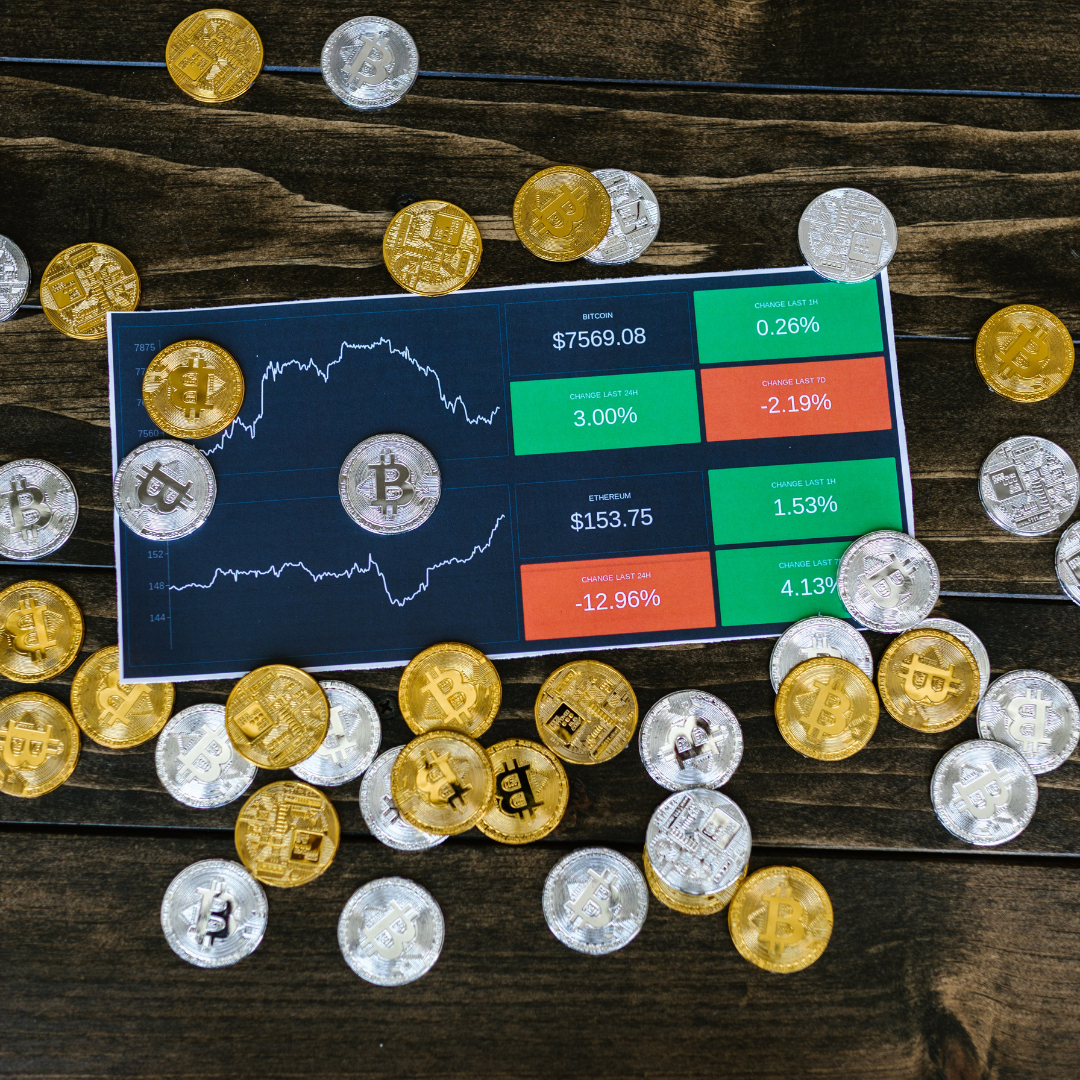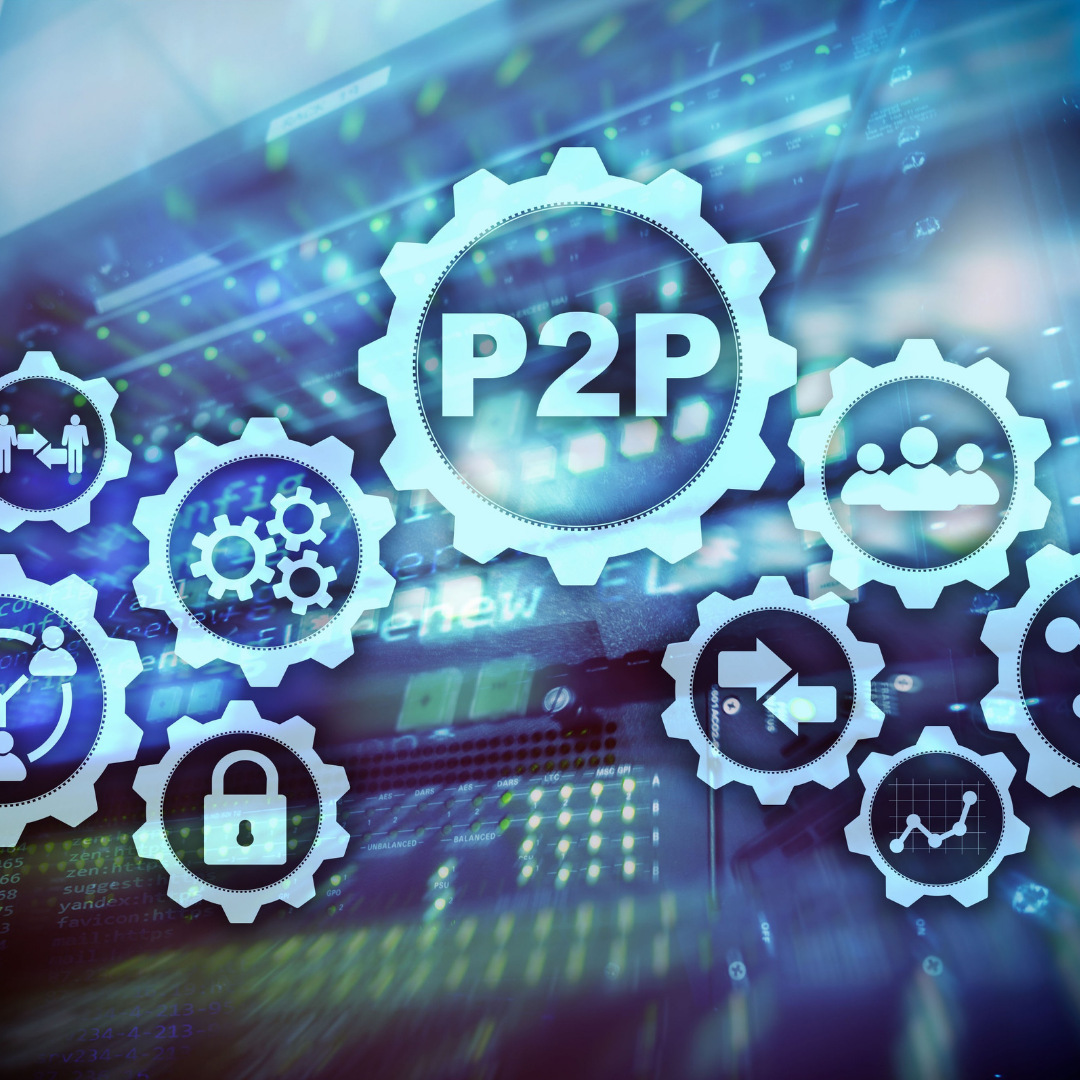There are millions of people trying to find a job. With all the competition out there, finding a job that interests you is a hard thing to do. If you are one of them, then you have come to the right place. There are many different types of jobs in the logistics industry, and this article will be broken down into different examples of different types of jobs that you can find.
We’re talking about the logistics industry – the network of people and organizations that keep goods flowing from our factories and warehouses to our doors. We call this industry logistics, and it’s a huge part of what makes our economy run.
A transport and logistics company is the workhorse of the global economy. It handles everything from goods moving from factories to supermarkets, from warehouses to ports, from people moving from one place to another to managing the supply chain for the goods produced within a company.
Transportation and logistics companies are often called forwarders. However, the manager might have to ensure the safety of employees while on duty since the logistics industry could have health and safety concerns. So, by providing proper training to all the employees (Get safety training here) and implementing OSHA safety guidelines, a warehouse or logistic company can function risk-free and keep its staff safe.
And since the logistics industry is huge, it also produces a lot of job opportunities. For instance, a logistic business will require a warehouse manager, transportation operator, supply chain management, and more. They may also have to hire truck drivers to drive small and large truck fleets. These truck fleets can be rented or purchased and modified by using 4wd accessories townsville (or elsewhere) to fulfill their transportation requirements. So, if you are looking for a job in transportation and logistics, you will have various options to choose from.
Here are some of the different jobs in the Logistics Industry:
Transportation Analyst
The Transportation Analyst helps to provide the best solution to make sure that the goods are delivered to the right destination at the best time. These are in-depth reports on the various places in the world that should have the goods brought in, the likely shipping time, and the total cost of the goods. The Transportation Analyst researches the best way to ship the goods and the most useful delivery vehicle for the goods.
Supply Chain Manager
As a Supply Chain Manager, your job involves making sure the right materials are getting to the right place at the right time. You are the “backbone” of a supply chain, and depending on the complexity of your supply chain, you may manage everything from a single product to an entire company. You will be responsible for making sure people and materials are on time and that the “golden rule” is in place-taking care of your customer. It is a tough job and sometimes might require some help. Having access to different analytics tools, supplier tracking, a Demand Planner, etc. could help the managers make their workflow smooth and efficient. When the supply chain works flawlessly, the rest of the logistics process tends to automatically fall in place.
Warehouse Logistics Manager
The Warehouse Logistics Manager is responsible for loading and unloading the goods. He might also need to sort the goods according to the product category or due delivery date using Magnetic Warehouse Labels or custom labels, to make the process easier and smoother. Certainly, they are the manpower behind the goods and are responsible for making sure the shipment arrives on time. They are also an integral part of the shipping process. This means that they are often responsible for ensuring the goods are loaded onto the right truck and placed in the right warehouse. A warehouse manager may also keep track of the items available and take the inventory in the warehouse, for which, they may require a rolling ladder or scissor lifts to reach the high storage spaces.
Inventory Manager
Even as it incubates a new image, the web continues to evolve. A new generation of techies is taking the reins in the logistics and transportation industries. These are the people who can’t stop tinkering with their smartphones, tablets, and laptops. In the logistics world, the Inventory Manager is a key role that’s responsible for tracking and managing a supply chain. Using an integrated suite of tools, the Inventory Manager will manage an organization’s physical and financial inventory of goods. They maintain a subset of the supply chain data, find opportunities for savings, and control costs, to improve the efficiency and overall performance of their supply chain.
Freight Agent
Freight companies represent one of the most demanding industries, where stress plays a key role. The role of Freight Agent is a full-time job that involves the following activities:
- Receiving and sorting incoming freight into bins.
- Reading markings on freight, checking the freight consignment to ensure that it is per the contract.
- Checking the freight consignment for any damage or shortage.
The logistics industry includes activities that can be divided into two sub-industries: supply chain and distribution. Logistics activities are generally divided into a supply chain sub-industry, which is concerned with the planning, buying, and transporting of goods, and a distribution sub-industry, which is concerned with the storing, organizing, and distribution of goods.
Logistics is all about time; time is money; money is life. You know this truth well if you’re a part of the logistics industry. It’s an exciting career, it can be as simple or as complicated as you want it to be, and it most importantly pays the bills. Whether you are a truck driver or a warehouse manager, you know the importance of time management if you’re in the logistics industry. Time is everything in the logistics industry, and it has been our goal to help you manage your time and your money.









